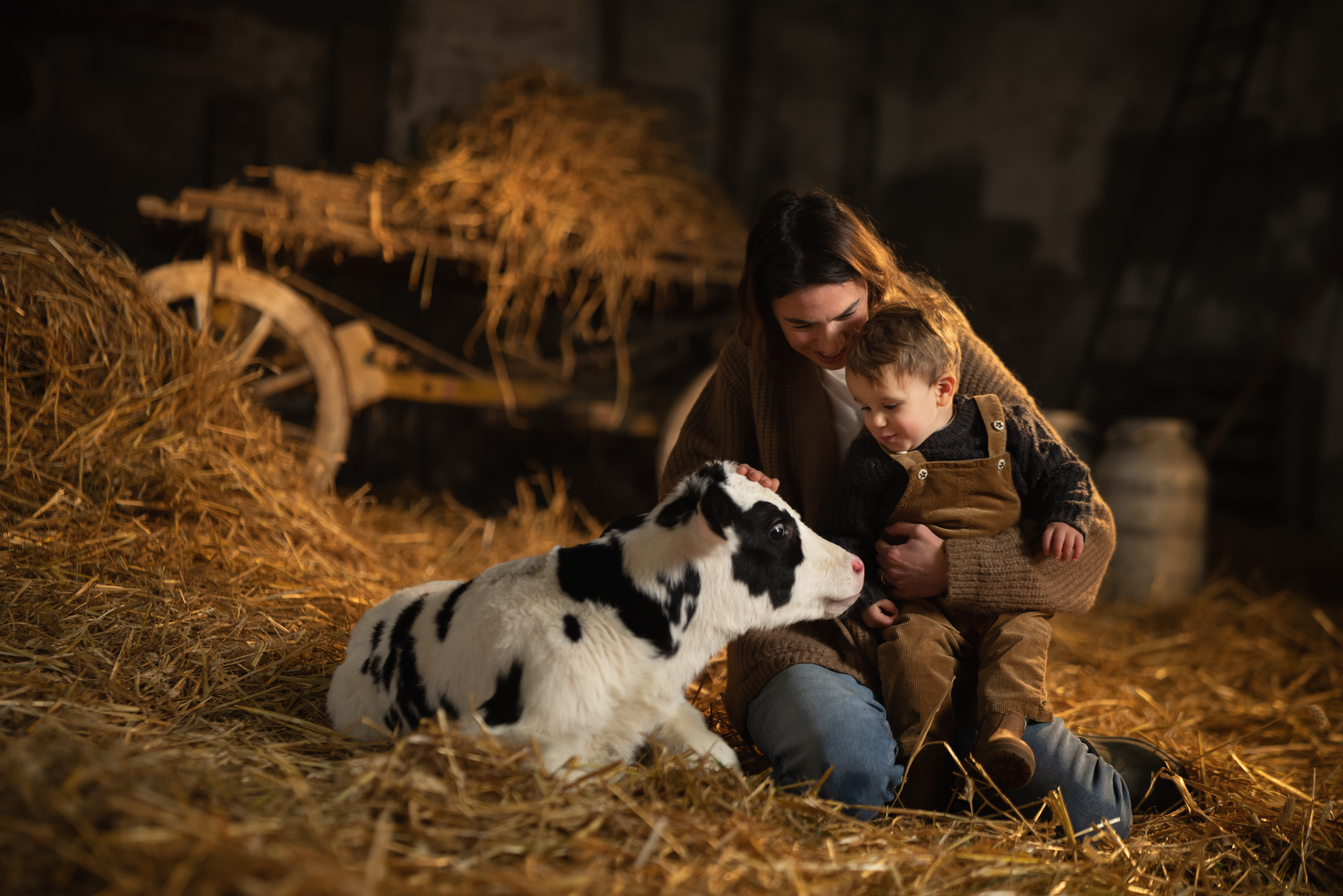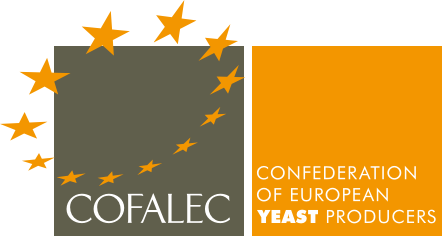Yeast is an amazing microorganism with multiple applications. In addition to traditional uses such as bread, cheese and alcoholic beverages, yeasts are now at the heart of new solutions in fields such as sustainable agricultural practices, health, nutrition, and protection of the environment.
Solutions for ustainable agriculture
Yeasts provide answers to many challenges. In agriculture, they enable:
Organic fertilizers from fermentation substrates
The substrates on which the yeasts are grown contain nutrients that yeast producers are able to reuse, in particular as biofertilizers rich in potassium.
Yeasts and yeast derivatives: excellent nutritional and biostimulant applications
New ranges of yeast-based bio-nutrition and biostimulant products have been developed to improve plant growth conditions and increase agronomic performance while reducing production costs.
These solutions enhance soil fertility and plant resistance to various stresses. They can be used in field crops and specialized crops (vines, market gardening, horticulture, etc.) in both conventional and organic farming.

Yeast as “biocontrol” tools for plant health
The principle of biocontrol is based on managing the balance of pest populations rather than eradicating them.
Yeasts, along with bacteria and other fungal microorganisms, are used as biocontrol solutions to protect crops from numerous fungal diseases. The use of these products makes it possible to protect crops while also reducing the use of synthetic pesticides. They thus provide effective complementary or alternative solutions for plant protection, which are environmentally friendly and without risk for human health.
Various yeast strains are selected and developed to act preventively through spatial and nutrient competition. Their ability to grow quickly and survive in a wide range of environments makes them effective in preventing fungal diseases such as botrytis, moniliasis, powdery mildew and downy mildew.

Yeasts for better animal health
Human health is affected by animal health.
Antimicrobial resistance, linked to the excessive use of antibiotics in livestock farming, is a serious threat to animal health and consequently to human health.
Yeasts can be used as a probiotic to stimulate animals’ immune systems, thereby enabling a significant reduction in the use of antibiotics.
They also contribute to animal well-being as feed additives that:
Yeast, a new source of non-meat protein
Protein is essential to life, we therefore need sources of protein in our diet. In western societies, 60 to 70% of dietary protein comes from animal products, with a significant negative impact on the environment. The FAO (Food and Agriculture Organization) and the WHO (World Health Organization) recommend a reduction in animal proteins in favour of alternative non-meat sources, in particular plant-based proteins.
With the rising human population (projected to be 9 billion by 2050) and the resulting increase in demand for animal protein, this rebalancing of diets towards non-meat protein sources is a major issue.
Yeasts offer interesting new ways of meeting this challenge.
In combination with other microbial communities, yeasts can be used to ferment protein-rich plants such as legumes (peas and beans) and mixtures of plant ingredients.
Fermentation then significantly improves the organoleptic properties of the finished products and helps to increase their digestibility.
Innovative products such as cheese substitutes without dairy proteins can be produced in this way. For example, some processed dairy products can be replaced by almond, walnut, pea and soybean purées fermented with yeasts and bacteria.
In addition to protein, yeast is rich in fibre, vitamins and minerals.
Used as a condiment or recipe ingredient, nutritional yeast extracts can be added directly to dishes to improve their nutritional qualities and taste.


Second generation biofuels : another field in which yeasts can help!
Through fermentation, yeast transforms biomass into alcohol, the process that is the basis for the production of bioethanol. Bioethanol is used as an alternative fuel, contributing to the reduction of greenhouse gas emissions.
Recently, new yeast strains have been identified to produce biofuels from recycled plant waste or lignocellulose. This solution leaves valuable arable land free to produce food crops for human consumption.
